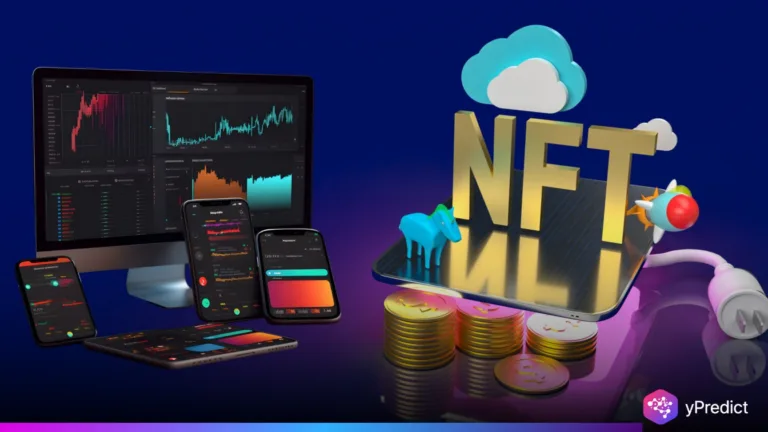
Tether has reportedly minted an astounding 1 billion USDT on the Ethereum blockchain, sparking new market speculation on the motive behind the issuance, and timing to the minted USDT. The USDT minting reflects prior encounters with crypto markets in the past, when broad Tether Mintings typically came with directional price movement in the immediate term. While AI-powered trading systems continue to grow, this latest minting, combined with the rapid movement of USDT into key players of the market, has once again brought liquidity strategy into sharper focus.
Transfers to Abraxas Capital and Cumberland Raise Eyebrows
Shortly after the mint, Tether initiated substantial USDT transfers. Around 555 million USDT went to a wallet associated with Cumberland, an institutional trading firm. Another 517 million USDT moved to another wallet, then sent on to Abraxas Capital, a London-based firm active with AI-based trading strategies. Both firms moved their respective allocations to exchanges, suggesting active positioning and probably supported by AI-based market models. These transfers have sparked industry speculation that advanced algorithms could be optimizing these inflows to influence or anticipate market reactions.
Past Data Ties Tether Minting to Market Surges
A now-famous 2017 study by Griffin and Shams had previously argued that large Tether Minting episodes aligned with upward Bitcoin price movements, particularly during broader market downturns. More recent studies from 2022 have added credence to the belief that it is the transfers of USDT; particularly to wallets associated with exchanges, which are associated with ephemeral crypto rallies. It is now believed that a timely release of stablecoins, in sync with AI-driven trading activity could be used as a hidden but strategic way to shift liquidity in volatile trading environments.
USDT Liquidity Boost Reflects AI-Driven Timing
The Tether Minting and subsequent transfers come as AI-driven hedge funds and liquidity providers lean more heavily on algorithmic triggers to initiate market entry. With Abraxas Capital among those reportedly using machine learning models to assess stablecoin flows, the move appears aligned with a broader push toward automated liquidity deployment.
By channeling nearly $1 billion in USDT within hours of minting, the strategy reflects deliberate positioning, one that likely leverages AI to calculate precise timing, volume, and target exchange destinations. The rapidity and scale of these USDT transfers also hint at behind-the-scenes modeling that could forecast short-term volatility before it materializes.
Ongoing Scrutiny Follows Massive USDT Supply Jump
Tether’s circulating supply now exceeds $114 billion, backed by a reported $118.4 billion in reserves as of August 2024. But the company remains under regulatory watch, stemming from past U.S. CFTC scrutiny in 2017 regarding the transparency of its reserve backing. The association between these USDT transfers with AI has added a whole new dimension to an already complicated regulatory environment. As stablecoins become more prevalent in algorithmic market structures, the ongoing combination of real-time minting and artificial intelligence continues to spark fundamental policy and ethical issues.
Despite past denials of market manipulation, the timing, recipients, and on-chain behavior tied to this latest Tether Minting episode has fueled renewed conversations, especially in AI and quant trading circles about how deep the impact of such moves might run.






